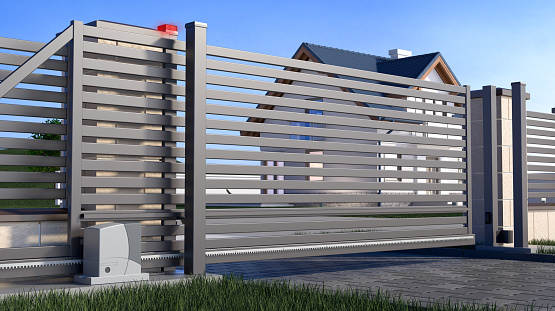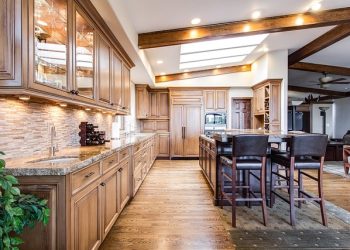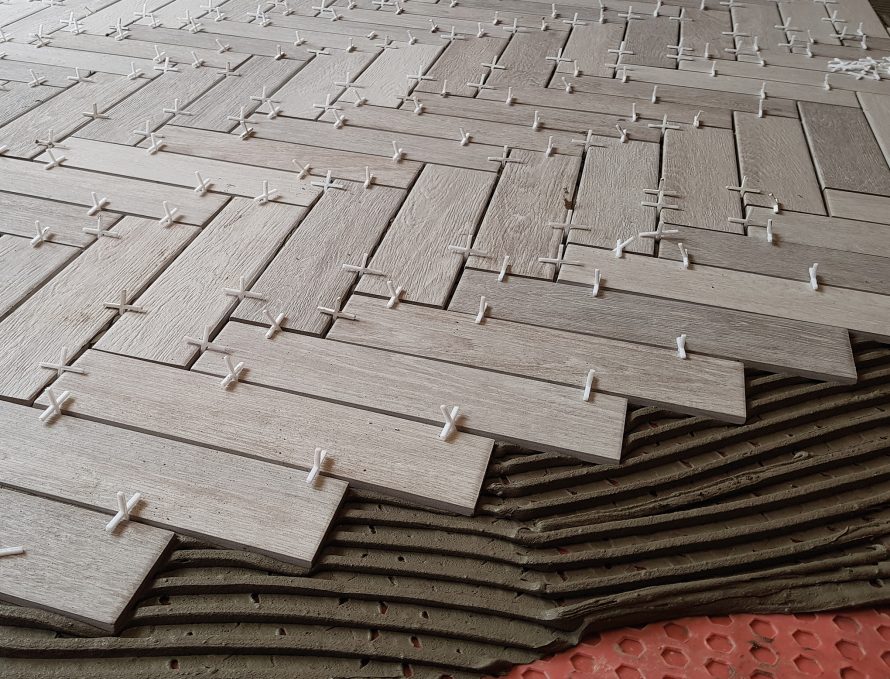In the bustling world of construction and industrial sites, the importance of secure access control cannot be overstated. When it comes to choosing the right gate system, two primary options stand out: swing gates and sliding gates. These gate systems play a crucial role in ensuring safety, security, and efficient movement within these dynamic environments. To make an informed decision, it’s essential to consider various factors, ranging from structural considerations to regulatory compliance and cost analysis.
Structural Considerations: Analyzing Load-Bearing Capacity
One of the foremost considerations when choosing between swing gates and sliding gates for construction and industrial sites is load-bearing capacity. These gates need to withstand the constant flow of heavy equipment, vehicles, and personnel. Swing gates, with their hinged design, have a distinct advantage in terms of load-bearing capacity. The
y distribute the weight evenly across the supporting posts, making them suitable for sites with high traffic and substantial vehicle movement. Sliding gates, on the other hand, rely on a track system, which may require more extensive support structures to bear heavy loads. Thus, for sites with rigorous load requirements, swing gates often emerge as the preferred choice.
Space Efficiency: Maximizing Real Estate In Industrial Environments
Efficient space utilization is a critical factor in industrial and construction sites. In this regard, sliding gates offer a compelling advantage. Unlike swing gates that require additional clearance space for the gate’s arc, sliding gates move horizontally along a track. This design minimizes the space needed for gate operation, making sliding gates an excellent choice for sites with limited real estate.
Construction sites often have various structures and equipment, and maximizing available space is essential for smooth operations. Sliding gates provide the necessary security without compromising valuable square footage.
Security And Access Control: Choosing The Right Gate Mechanism
The level of security and access control required is another pivotal consideration. Both swing gates and sliding gates can be equipped with advanced security features such as access control systems, CCTV surveillance, and automation. However, the choice between the two may depend on the specific security needs of the site. Swing gates are known for their robustness and can serve as formidable barriers when equipped with appropriate locking mechanisms.
They are particularly effective at controlling pedestrian access. Sliding gates, with their seamless closure along the track, offer enhanced security against vehicular intrusion. For sites that prioritize vehicle security, sliding gates may be the preferred choice.
Maintenance And Durability: Long-Term Viability For Construction Sites
The durability and maintenance requirements of gate systems are essential considerations for construction and industrial sites. Both swing gates and sliding gates can be constructed using durable materials such as steel or aluminum, ensuring longevity in harsh environments. However, swing gates may require more maintenance due to their moving parts, especially if they experience heavy use.
Lubrication and regular inspections are essential to keep swing gates operating smoothly. Sliding gates, with fewer moving components, are generally more low-maintenance and can withstand the rigors of industrial environments with ease. For sites looking to minimize maintenance efforts and costs, sliding gates offer a compelling solution.
Environmental Impact: Sustainability In Gate Selection
Sustainability is an increasingly important consideration in gate selection for construction and industrial sites. Sliding gates, with their space-efficient design, align with sustainability goals by minimizing land use. Additionally, sliding gates can be powered by energy-efficient mechanisms, such as solar panels, reducing their environmental footprint. Swing gates, while still a viable choice, may require more land and energy for operation. Considering the environmental impact of gate systems is crucial for sites committed to sustainability and eco-conscious practices.
Cost Analysis: Budgeting For Swing And Sliding Gate Systems
Budget considerations often play a significant role in gate selection. Swing gates are generally more cost-effective in terms of initial installation, as they involve fewer components and simpler mechanisms. However, it’s essential to factor in long-term maintenance costs, which may be higher for swing gates. Sliding gates, while often pricier upfront due to their track system, can offer cost savings over time due to their lower maintenance requirements. Conducting a comprehensive cost analysis that includes both installation and ongoing maintenance expenses is essential for making an economically sound decision.
Customization Options: Tailoring Gates To Site-Specific Needs
In the realm of swinging gates, the power of customization unfolds as a profound testament to meeting site-specific needs. These gates are not just functional barriers; they are versatile canvases waiting to be transformed into site-specific solutions. Whether it’s adapting the size, design, or materials to align with security, aesthetic, or operational preferences, swinging gates offer a dynamic platform for tailoring to the unique demands of each site.
The emotional resonance lies in their ability to seamlessly integrate into the site’s identity, becoming an organic extension of the environment. It’s a symphony of form and function, where swinging gates transcend their utilitarian role, forging an emotional connection by addressing the distinctive needs of the site, all while ensuring safety, security, and a touch of individuality.
Regulatory Compliance: Meeting Safety Standards In Industrial Zones
In the world of sliding gates, adherence to regulatory compliance emerges as an emotional testament to the commitment to safety in industrial zones. These gates are not mere barriers; they are sentinels of security, guarding lives and property with unwavering dedication. Their meticulous engineering and strict compliance with safety standards are an embodiment of responsibility and care for all who tread within these industrial realms.
The emotional resonance lies in the peace of mind they offer, knowing that every entry and exit is governed by a system designed to meet, if not exceed, stringent safety regulations. Sliding gates symbolize the unwavering commitment to protect, making industrial zones not just spaces of productivity, but havens of security and trust.
Conclusion
In conclusion, the choice between swing gates and sliding gates for construction and industrial sites involves a multifaceted evaluation of structural, space, security, maintenance, environmental, cost, customization, and regulatory factors. Each gate type offers distinct advantages, and the decision should align with the site’s unique needs and priorities. Whether it’s the robustness of swing gates or the space efficiency of sliding gates, the emotional impact of gate selection extends to ensuring the safety, security, and smooth operation of these dynamic environments.







